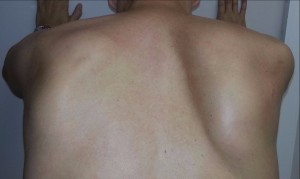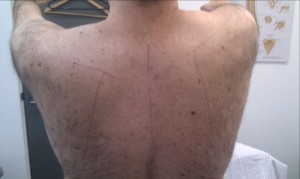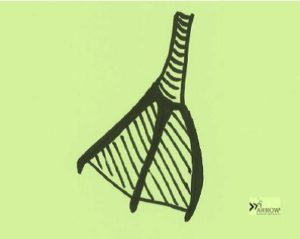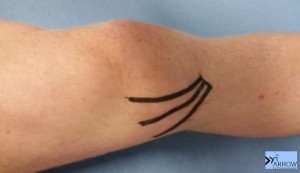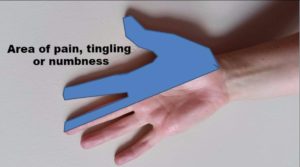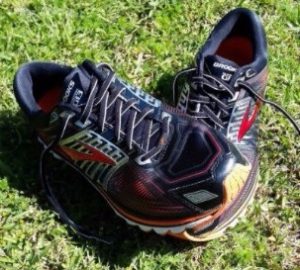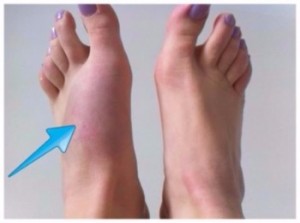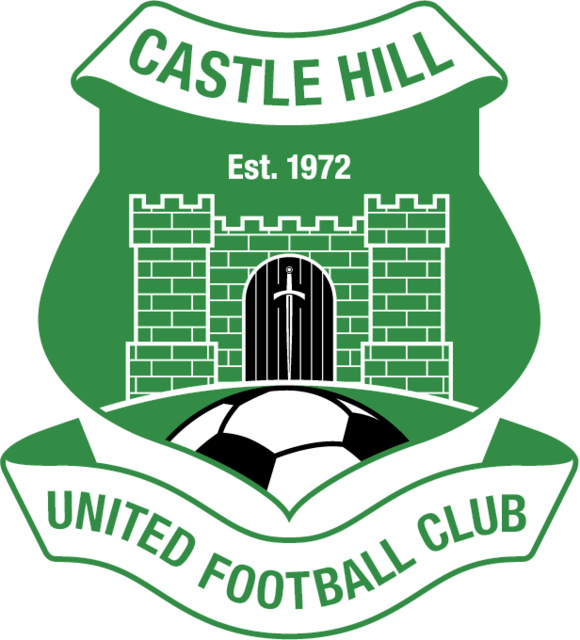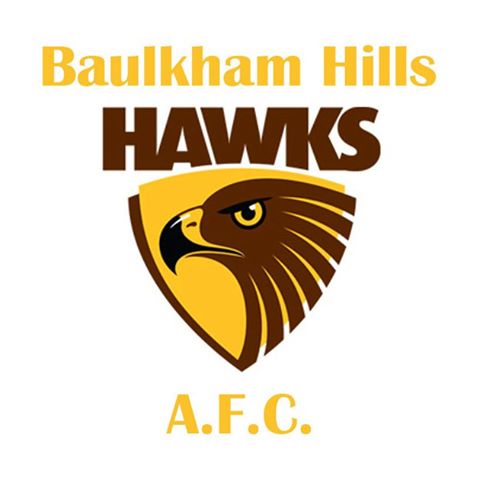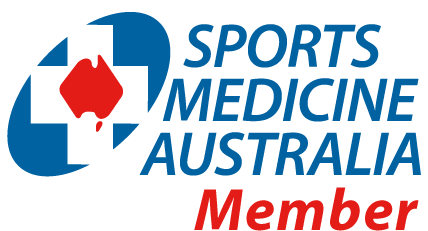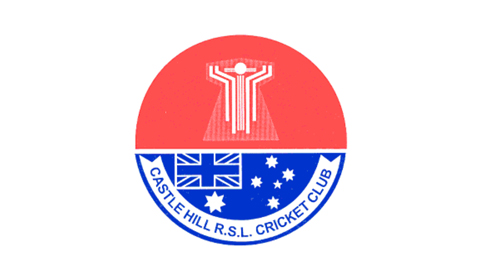Have you heard of the FIFA 11+?
If you are a soccer (or “real” football) player or coach, then we’re hoping that you have!
Whilst the soccer season might be starting the wrap-up, the following is super important and worth a read.
The FIFA 11+ is a warm-up program which has been specifically designed by the medical division of FIFA. It has been demonstrated to reduced injury rates and is applicable for all abilities.
If we get more specific, the FIFA 11+ is a neuromuscular training program. This means that it trains, develops and conditions the muscles and neural pathways in the body to ensure that your body knows how to appropriately deal with the situations which it is likely to encounter when playing soccer. The components therefore are very specific to soccer and regular completion of it is key.
Much of the research into the effectiveness of the FIFA 11+ in the past has been conducted with adolescent females. This is due to the fact that females have a higher rate of injury for certain key injuries, including serious knee injuries like Anterior Cruciate Ligament (ACL) ruptures. Whilst it may seem reasonable to be able to extrapolate the results of these studies to males, this does have its limitations, as one cannot simply presume that because something seems to happen in adolescent females that it would happen in mature males in the same way.
Good news for all you males out there! An article published in December of 2015 by Silvers-Granelli et al. looked at the efficacy of injury prevention using the FIFA 11+ on MALE collegiate soccer players.
What did they do?
65 teams of national level college soccer players were invited to participate in the study. These teams were randomised into either a control group or a the FIFA 11+ group. The FIFA 11+ group completed the FIFA 11+ program as a warm up 3 times a week. The control group performed no additional training on top of normal levels. This was performed over the course of one soccer season.
What were they looking for?
The study looked at:
- How often the teams/players played & trained,
- How many injuries occurred,
- Compliance of the FIFA 11+ group using the FIFA 11+ program.
What did they find?
A study found a number of things including:
- The FIFA 11+ group had significantly fewer injuries per teams compared to the control group,
- The FIFA 11+ group had a lower number of injuries during both training & games compared to the control group,
- There was a significant relationship identified with respect to utilisation and compliance of the FIFA 11+ program within the FIFA 11+ group. That being, the greater the compliance to the FIFA 11+ program, the lower the injury rate.
- Injury rates in the FIFA 11+ group were significantly lower as well when accounted for injury type:
- Control group reported 115 ankle injuries, whereas the FIFA 11+ group reported 59 ankle injuries;
- Control group reported 102 knee injuries, whereas the FIFA 11+ group reported 34 knee injuries;
- There were 16 ACL injuries in the control group compared to 3 ACL injuries in the FIFA 11+ group – representing a greater than 4x reduction in ACL injuries;
- 55 hamstring injuries were reported in the control group compared to 16 in the FIFA 11+ group – representing an almost 3 fold reduction in likelihood of hamstring injury.
What does this mean?
In order to reduce the likelihood of lower extremity injury within sport an appropriate neuromuscular program can be extremely effective. It is vital that you and your team is completing a program such as the FIFA 11+ throughout the season to reduce likelihood of injury and to keep you on the field!
Are there any limitations?
The study was only completed over the course of one season, so the long term impact is unknown. The participants ranged between 18-25 years of age and were American male soccer players – so extrapolating to all populations has its limits. Furthermore, there was no controlling for previous injuries which could have influenced the data.
What does this mean for me?
If you’re a coach – you need to be implementing an appropriate neuromuscular program with your team to reduce their risk of injury. The FIFA 11+ program is designed as a warm-up. There is no need to be developing your own warm-up or completing anything in addition to this program. There are also a wealth of resources of the FIFA 11+ website (simply google FIFA 11+). If you want to know what would be appropriate, speak to a sports physiotherapist with knowledge in this area.
If you’re a player – even if your team isn’t completing an effective neuromuscular program, you can complete one yourself to reduce your risk of injury and maximise your injury free playing time. If you want a good program speak to a sports physiotherapist or you can seek out the FIFA 11+ resources online.

